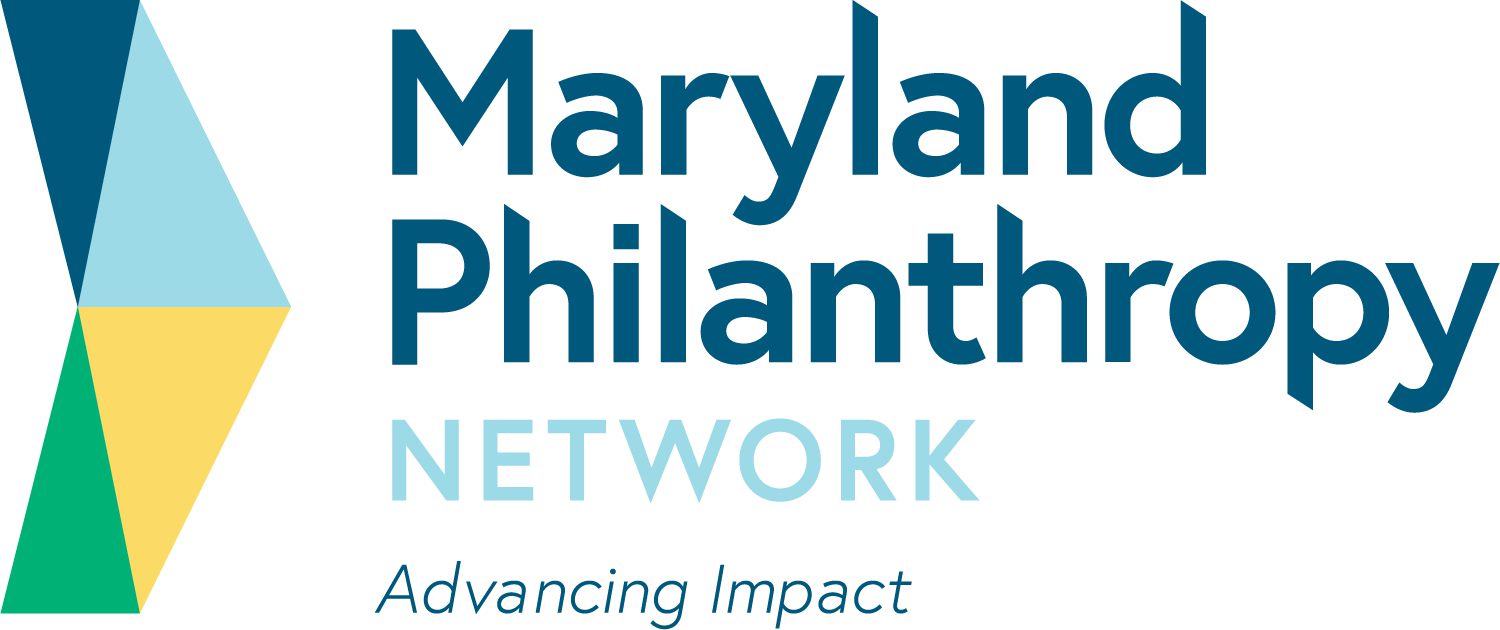Reminders of Our Vulnerability Hit Home
It is hard to forget the shock, confusion, uncertainty and disruption felt in the early days following the attacks on Sept. 11, 2001.
But our sense of vulnerability tends to fade over time — until something else, like the recent 5.8 magnitude earthquake and Hurricane Irene, brings it sharply to the fore.
In the last two weeks, I have been reminded how important it is to prepare well in advance for emergencies and to review my own and my organization’s disaster preparedness plans. National Preparedness Month is the perfect time to focus on such activities.
Not only does the Maryland Philanthropy Network support the coordination and education of the Baltimore-area philanthropic sector to effectively prepare for, respond to, and recover from a major local disaster, but Maryland Philanthropy Network encourages all our staff, member organizations and their staffs to be prepared themselves.
Simply put, we encourage everyone to get a kit, make a plan, and be informed.
We encourage and support Maryland Philanthropy Network staff and members to have a family emergency kit and plan. This increases the likelihood that individuals and their families can cope with the disaster without outside help and maximizes the ability to quickly bounce back. In fact, I believe basic preparedness can build the resiliency of all Marylanders during many times of crisis.
What’s in a good plan?
- A good emergency plan should include (but is not limited to) the following:
- A printed list of key contact numbers for each family member and loved one;
- A strategy for reuniting family members, including an out-of-state telephone number, which family members can use to contact each other if local lines are overloaded;
- Escape routes from home;
- Inventory of key personal financial and legal records; and
- A kit of supplies to get you through the first 72 hours after an emergency.
For information about preparing your family, home and work, visit www.readysetgood.org, www.redcross.org/beredcrossready or www.ready.gov.
What will you do if your office is flooded? If your server goes down? Do your staff members know what to do if authorities instruct you to shelter in place?
No one, especially your clients, customers, or in the case of foundations, your grantees, wants your services to be disrupted. Like insurance policies, emergency plans are a critical component of an organization’s operations.
Many available resources
Nonprofit organizations and foundations, just like businesses, must create a plan to best organize and communicate the organization’s policies and procedures to be followed during an emergency situation.
Luckily, there are many tools available to assist in developing a plan. A Disaster Preparedness and Recovery Plan is available online from the Council on Foundations that can be adapted for all types of foundations and organizations.
PreparedOnline.org, developed by Deloitte and the Nonprofit Roundtable of Greater Washington, has an easy-to-use online Continuity of Operations Planning tool for nonprofit organizations to assess their current level of preparedness and create a COOP Plan.
The Red Cross Ready Rating Program helps businesses and schools prepare for emergencies and disruptions of operations.
There are many ways to keep abreast of emergency situations. You can check the websites of the Maryland Emergency Management Agency and your local emergency management office. You can register by calling 311 to receive alerts from Baltimore City about major emergencies on your phone or by email.
Remembering the 10th anniversary of the Sept. 11 attacks and experiencing the recent forces of nature, I can’t stress enough the importance of being prepared in times of an emergency, both personally and organizationally.
FIND MORE BY:

